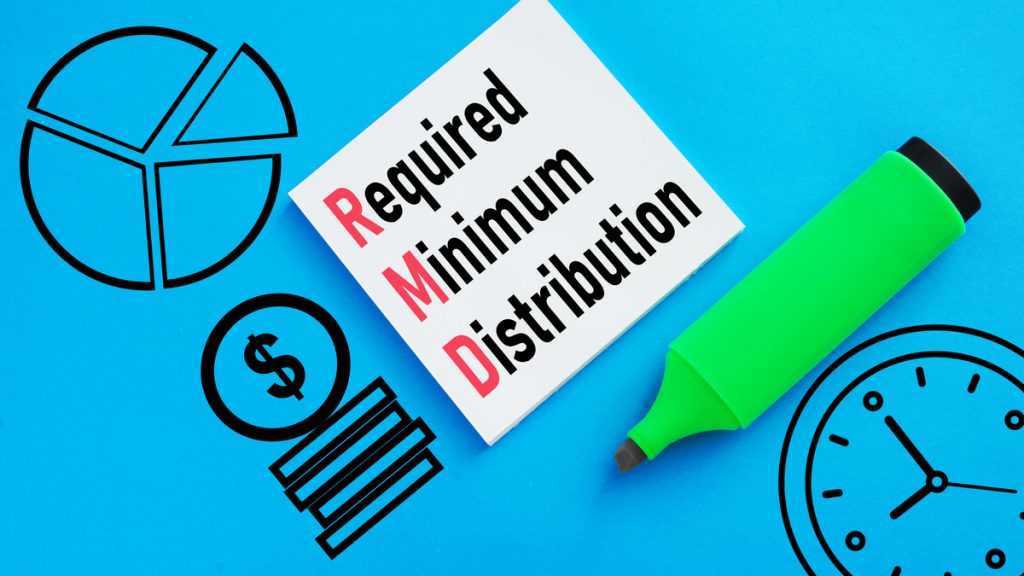Social Security might cut you a check every month during retirement, but you probably shouldn’t count on it being enough to maintain your lifestyle. As of November 2024, the average retired worker pulls in about $1,925 a month from Social Security — that’s just over $23,000 a year.
While that average benefit may increase over time, Social Security was never meant to be your only source of income. So, if you’re crunching the numbers and realizing Social Security won’t be enough, here are some additional income sources that you can build up before you clock out of the workforce.
Where to invest $1,000 right now? Our analyst team just revealed what they believe are the 10 best stocks to buy right now. See the 10 stocks »

Image source: Getty Images.
1. Tap into your workplace benefits
Pensions used to be a big deal, but these days, most employers have shifted to 401(k)s and other defined contribution plans. With these accounts, it’s up to you to save and invest for retirement. However, some companies give your retirement account a boost by offering an employer match. For example, they might contribute $0.50 for every $1 you invest, up to 6% of your salary.
Let’s say you earn $100,000 a year. If you contribute 6% of your salary to your 401(k), which is $6,000, your employer kicks in an extra $3,000. Over time, as your income grows and you increase your contributions, those employer matches could add up to six figures. When you combine those matches with Social Security benefits, they could help cover essential living expenses in retirement.
Every year, you should keep tabs on the 401(k) contribution limits so you can plan ahead. In 2025, you can contribute up to $23,500 to a 401(k) if you’re under 50. If you’re 50 or older, you can add a catch-up contribution of $7,500 for a total of $31,000, and certain workers qualify for a super catch-up contribution.
Beyond your retirement plan, an employer may offer other benefits that could help you build wealth at work, such as stock options, restricted stock units (RSUs), or an employee stock purchase plan (ESPP). For example, if your company offers an ESPP, you may be able to buy company stock at a discount using payroll deductions. But keep in mind that not all equity incentives are created the same, so do your research to determine if it makes sense for you.
2. Look into individual retirement accounts
Workplace benefits are great, but they’re just one piece of the retirement puzzle. Whether you’re self-employed or working as an employee, you can open an individual retirement account (IRA) to supercharge your future savings. Choose between a traditional IRA or a Roth IRA, depending on your financial situation and goals. These accounts give you greater control and access to a wider range of investment options than most workplace plans.
While IRAs come with lower annual contribution limits — $7,000 annually if you’re under 50 or $8,000 if you’re 50 or older in 2025 — the power of consistent contributions adds up over time. Here’s what saving $7,000 annually could grow into over time, assuming an average annual return of 8% to 10%:
|
$7,000 Invested Annually For: |
Growing at 8% |
Growing at 9% |
Growing at 10% |
|---|---|---|---|
|
10 years |
$109,518 |
$115,922 |
$122,718 |
|
20 years |
$345,960 |
$390,352 |
$441,017 |
|
30 years |
$856,421 |
$1,040,027 |
$1,266,604 |
|
40 years |
$1,958,467 |
$2,578,043 |
$3,407,963 |
Data source: Author calculations.
3. Create a dividend income portfolio
If retirement accounts aren’t your thing or you’re looking to supplement Social Security, consider building a dividend income portfolio. Dividend income is money that companies pay to their shareholders, typically as a portion of their profits. If you don’t need the money now, you can automatically reinvest these dividends through a dividend reinvestment plan (DRIP) and allow your dividends to create more dividends.
This extra income can help cover your bills during retirement, but remember that dividends aren’t guaranteed. It’s important to research a company’s track record and current financial situation to see how likely they are to continue paying or growing their dividends in the future.
Don’t let Social Security be your only plan
Social Security can be helpful in retirement, but it was never meant to cover all your retirement needs. If you haven’t retired yet, now’s the perfect time to beef up your savings. The sooner you take action, the more time your money has to grow and work for you.
If you’ve already clocked out of your career, it’s time to get creative. Think about picking up a part-time job, starting a side gig, or exploring consulting work to bring in extra cash. Not an option? Focus on making your money work harder for you or trimming your expenses to stretch your dollars further.
The $22,924 Social Security bonus most retirees completely overlook
If you’re like most Americans, you’re a few years (or more) behind on your retirement savings. But a handful of little-known “Social Security secrets” could help ensure a boost in your retirement income. For example: one easy trick could pay you as much as $22,924 more… each year! Once you learn how to maximize your Social Security benefits, we think you could retire confidently with the peace of mind we’re all after. Simply click here to discover how to learn more about these strategies.
View the “Social Security secrets” »
The Motley Fool has a disclosure policy.
 benzinga.com
benzinga.com



